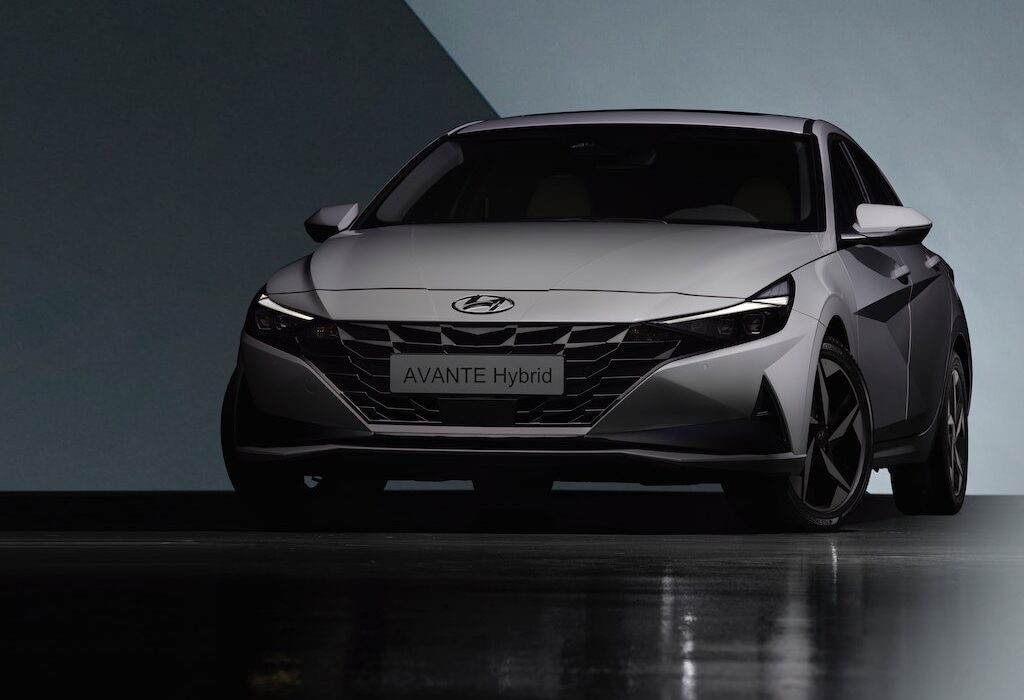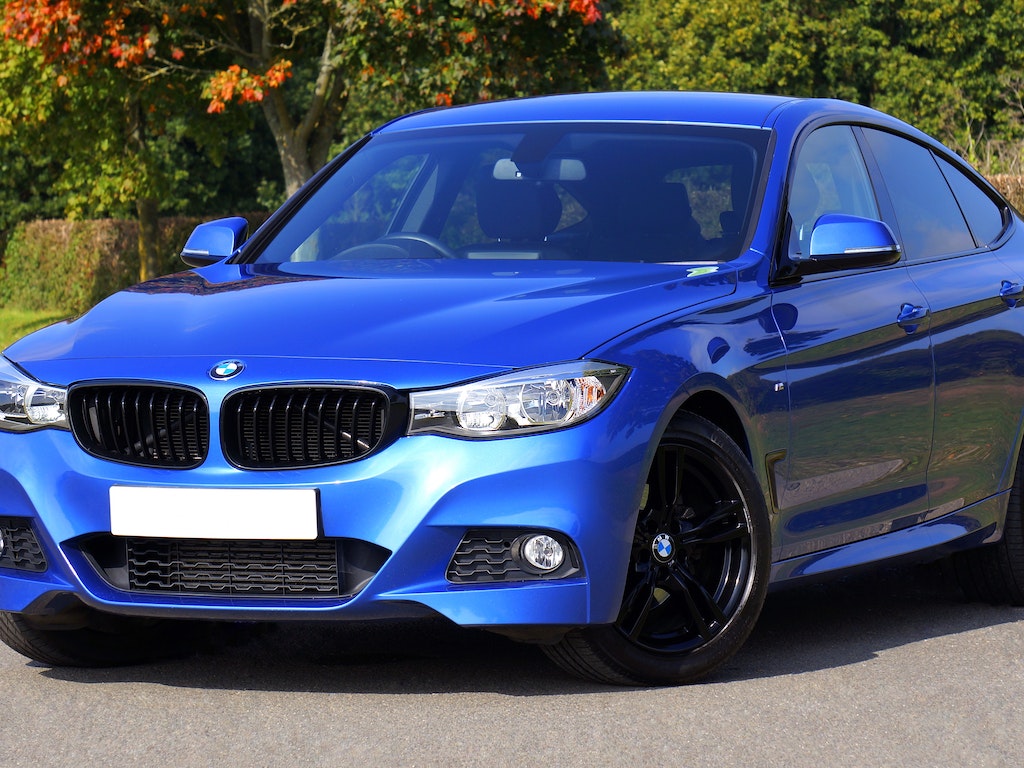Hybrid vehicles represent a fusion of electric and gasoline power sources, utilizing electric motors alongside traditional combustion engines for propulsion while recapturing energy through regenerative braking. The synergy between these components varies, sometimes with the electric motor taking the lead, sometimes the gasoline engine, and sometimes, they work in tandem. The outcome is reduced fuel consumption, equating to improved fuel efficiency and, in some cases, enhanced performance.
Types of Hybrid Vehicles
Parallel Hybrid: The electric motor(s) and the gasoline engine are integrated into a common transmission in the most prevalent hybrid configuration. This blending of power sources can occur through automatic, manual, or continuously variable transmissions (CVT). The type of transmission and the size of the gasoline engine chiefly dictate the acceleration, sound, and feel of a parallel hybrid. Prominent brands utilizing this design include Toyota, Lexus, Hyundai, Kia, Ford, Honda, Lincoln, Nissan, and Infiniti.
Series Hybrid: Series hybrids rely entirely on electric motors to propel the vehicle, without any direct connection between the engine and the wheels. The gasoline engine’s sole purpose is to recharge the battery. This results in a driving experience reminiscent of electric cars, characterized by smooth and potent acceleration. Vibration is typically reduced when the gasoline engine engages. However, the engine’s activity may not always align with the driver’s input, as the battery governs demands. An example of a series hybrid is the BMW i3 with a range extender.
Plug-In Hybrid: A plug-in hybrid elevates the conventional hybrid concept by incorporating a significantly larger battery pack. This battery requires full recharging from an external electricity source like electric cars. Depending on the model, this expanded energy storage allows for extended all-electric driving, ranging from 15 to 55 miles. If the all-electric range is depleted, the vehicle reverts to functioning as a conventional parallel hybrid. Plug-in hybrids can be either series or parallel hybrids, adding complexity to the hybrid landscape.
Variations in Hybrid Technology
As hybrid technology advances, new hybrid designs emerge, blurring the lines between series and parallel configurations. For instance, Honda’s latest hybrid design incorporates elements of both, with the engine functioning as a generator most of the time and directly driving the wheels occasionally. Moreover, through-the-road hybrids, such as Volvo’s plug-in hybrids, combine a front-wheel-drive engine and transmission with an electrically powered rear axle. Supercars like the Acura NSX, BMW i8, and Porsche 918 Spyder employ a similar approach with electric-only axles at the front.






